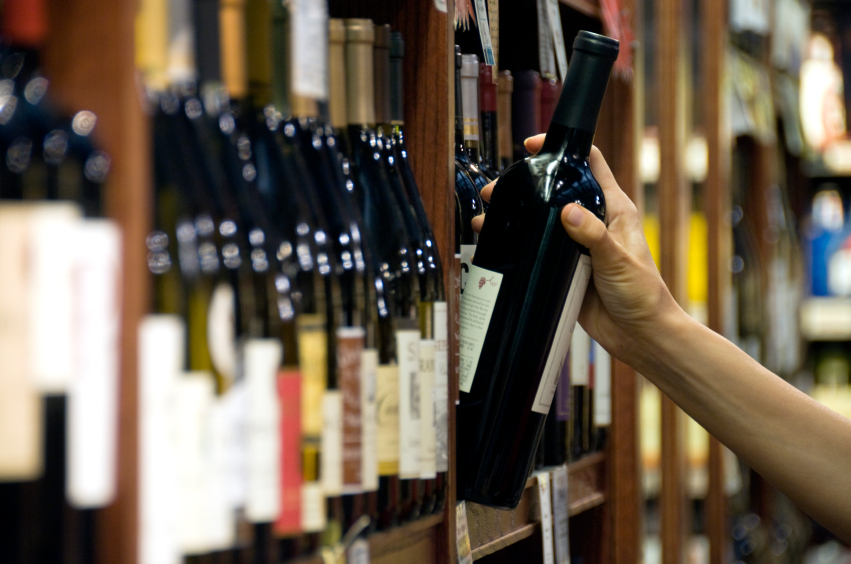In recent decades, the international wine market has been dictated by the epicenters of classic production. But the economic climate has created a new consumer-directed approach. The masses are making their presence felt by adjusting the hows and how muches of their enjoyment.
The wine world, however, isn’t spinning off its axis. In fact, this rebalancing of the industry is creating new opportunities. By understanding what consumers want, restaurants can avoid the gimmicks, better educate their staff, and deliver better service one glass at a time.
“A good wine is like an old friend,” muses Trevor Gulliver, CEO of London’s One Michelin Star restaurant St. John. “Because wine is about memories and quality; it ain’t about price.”
Gulliver reminds us that the first thing to remember is why we pour wine and educate our guests about it in the first place. Left to their own resources, many consumers will purchase wine based on the price tag, not the quality. Blossom Hill, roughly £5, or $7.90 per bottle, is the No. 1 selling wine in the United Kingdom. But Gulliver says, “It is not worth bottling that stuff and sending it across the sea.”
In this time of economic downturn, how do we get the consumer to realize the value of wine, looking beyond the sticker price?
“Despite the recession, fizz is still all the rage,” says Fionnuala Synnott of London’s One-Michelin-Star restaurant Pollen Street Social. “It is surprising how much people are prepared to pay for a glass of Champagne.”
She goes on to note that this particular success is in no small part due to brilliant marketing. Through successful marketing campaigns convincing a thirsty public that there was such a thing as “everyday Champagne,” sales of Prosecco and other effervescent offerings have steadily risen over recent years.
Justin Leone, head sommelier at Munich, Germany’s two-Michelin-Star restaurant Tantris, says this trend holds true in Deutschland as well. “Not just Champagne, but ‘grower’ Champagne is strong. The Germans, like the English, know how to drink Champagne.” He stops and laughs. “And a lot of it!”
[pagebreak]
In addition to micro-production Champagne houses, 100 percent Pinot Meunier Champagnes are on Leone’s must-watch list for the coming year. Yet another excuse to encourage increased sales of this appetite inducer.
Champagne’s immunity to the global recession is not felt across the board. Not all grapes are pressed equally, and Synnott says consumers are fed up with taking risks on Old World wines where the quality depends on the producer. Bordeaux and Burgundy labels are being passed over in favor of safer choices from everywhere from Spain to New Zealand.
“The U.K.’s obsession with New Zealand Sauvignon Blanc is quite frankly baffling,” she says. “You can almost charge whatever price you like for it, and people will pay it. It is not uncommon for restaurants to make an 80 percent margin, as opposed to the typical 70 percent.”
Consumer trends seem to prefer by-the-glass over traditional bottle service. “The economic downturn has made many consumers reluctant to experiment by the bottle, as they are worried about wasting their hard-earned pennies,” Synnott says.
Consumers demand variety and risk-free access to it more than ever. Sommeliers can think outside the box, or the bottle. Providing more by-the-glass selections requires better preservation and tasting systems, such as the Enomatic system or wine-in-a-bag.
St. John’s restaurant is one of the first to rethink wine-in-a-bag. Although Gulliver acknowledges still being in the experimental stages of introducing wine-in-a-bag, logic (and saving money) seems to trump the negative consumer perception.
“For the wines you’re selling a lot of, or serving by the glass, it makes sense,” he says. “It reduces glass storage and saves money on packaging.”
For the skeptics, this is not a gimmick. Given the growing popularity in South American bag packaging, for example, it’s hard to argue that there aren’t tremendous positives to this new form of delivery. In late 2009 it was estimated that 22 percent of wine purchased in Brazil came in bag-in-box, and its supporters are adamant that shelf life and quality both substantially increase.
There are pitfalls to some other innovations, however, that a dedicated sommelier must be vigilant against. Biodynamic wines, or wines made using the principles of biodynamic agriculture, are growing in popularity. I recently visited the Renaissance Wine Festival in Angers, Loire Valley, hosted by the father of biodynamic wines himself, Nicolas Joly. The wines presented were carefully selected, and all the producers had to pass rigorous qualifications to participate. But not all biodynamic wines are of such a high caliber.
“Personally,” Pollen’s Synnott offers, “I will not list a wine simply because it is biodynamic or organic. I think what could be an interesting trend runs the risk of becoming overly exploited and turning into a bit of a gimmick.”
Leone, on the other hand, says the Germans can’t get enough of the Demeter-branded Biodynamic wines. “Announcing a wine pairing as carrying the 'Demeter' moniker is sure to elicit an approving purr from the audience at hand.”
The lesson learned: Research biodynamic producers before featuring them on your list. As Gulliver reminds us, good wine is only as good as how it began. “A good winemaker makes good wine, and it starts in the ground,” he says. “A good farmer has good ground.”
Let your wine list begin with good wine. Consumers have never had more choices, and the more they are rewarded for their curiosity, the more return business your restaurant can count on.












